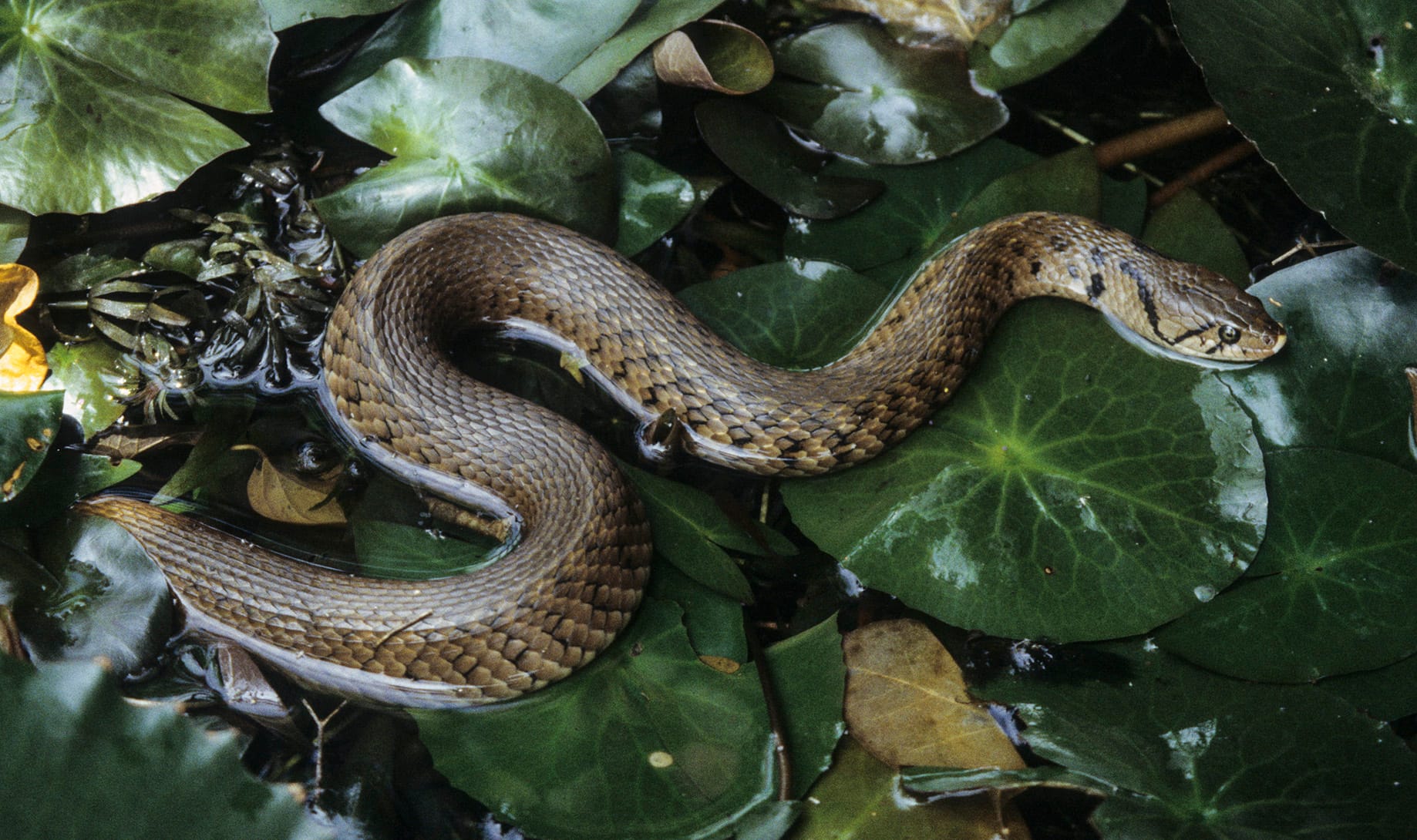Biological specialization refers to the process by which organisms adapt to occupy specific ecological niches, reducing the available niche space and increasing the efficient utilization of resources. This specialization often occurs through natural selection, which drives phenotypic changes that align with the constraints of the niche. These changes can manifest in various ways, such as alterations in size, shape, behavior, and traits related to feeding.
One characteristic commonly selected for dietary specialization is the presence of venom, particularly in snakes. Venom composition in snakes often exhibits variation that depends on their diet, both within and between species. The Neotropical Blunt-headed Treesnake (Imantodes cenchoa) is a highly specialized snake that inhabits trees, has rear fangs, and primarily preys on lizards. It possesses a long, slender body, enlarged eyes, and a large Duvernoy’s gland, which is associated with venom production. However, the specific composition of the venom in I. cenchoa has not been fully characterized.
In this study, we employed RNA-seq and mass spectrometry techniques to analyze the transcriptomes of the venom glands in four individuals of I. cenchoa from different regions of their distribution. Our findings indicate limited variation in venom at both the genetic sequence and expression levels, suggesting that the venom composition is conserved across the species. This conservation supports the idea that I. cenchoa possesses a specialized venom repertoire that is optimized for efficiently capturing and processing lizards.
Importantly, this study provides the most comprehensive understanding of the venom gland transcriptomes of I. cenchoa. It also offers evidence of venom specialization in a rear-fanged snake, shedding light on the selective pressures driving venom diversity in snakes.
Citation
Heptinstall TC, Strickland JL, Rosales-Garcia RA, Rautsaw RM, Simpson CL, Nystrom GS, Ellsworth SA, Hogan MP, Borja M, Campos PF, Grazziotin FG. Venom phenotype conservation suggests integrated specialization in a lizard-eating snake. Toxicon. 2023 May 4:107135.












